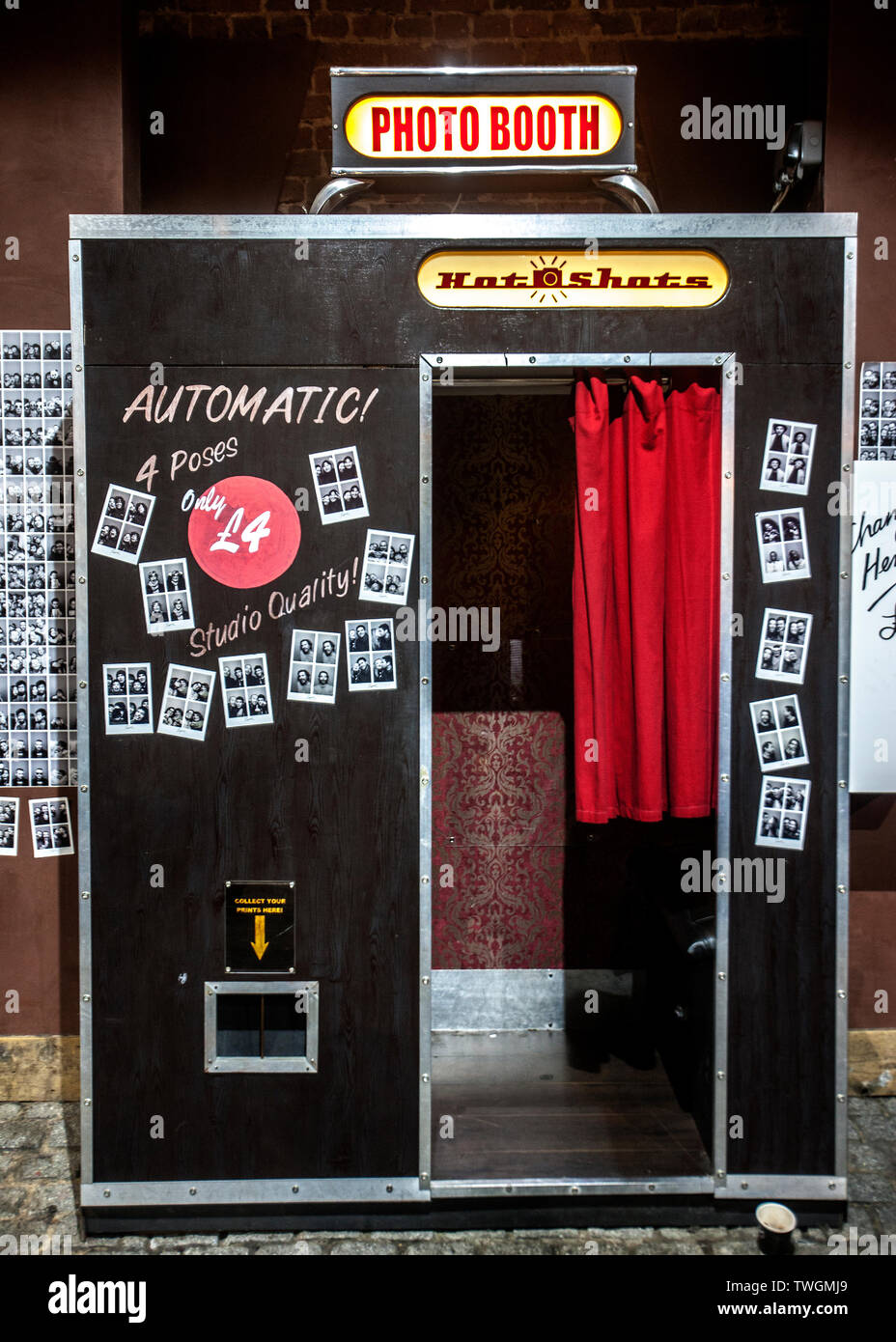
The challenge going forward is not just having the best features, but staying relevant, he says. “Social media isn’t a utility. It’s not like power or water where all people care about is whether it works. Young people care about what using one platform or another says about them. It’s not cool to use the same site as your parents and grandparents, so they’re always looking for the hot new thing.” “In 2007 I argued that Facebook might not be around in 15 years. I’m clearly wrong, but it is interesting to see how things have changed,” says Jonah Berger, Wharton marketing professor and author of Contagious: Why Things Catch On. In the first quarter of 2019, the company could claim 2.38 billion active users, with a market capitalization hovering around half a trillion dollars. In 2006, Facebook had 7.3 million registered users and reportedly turned down a $750 million buyout offer. It’s hard to recall now, but, Friendster and were each once the next big thing, while one survivor has continued to grow in astonishing ways. It was remarkable to see the real-life success stories thanks to the "Research in Germany" initiative.As quickly as social media has insinuated itself into politics, the workplace, home life and elsewhere, it continues to evolve at lightning speed, making it tricky to predict which way it will morph next. Please, tell me everything I need to know and what to expect in Germany," proclaimed an excited participant. Informational material on funding opportunities, open positions and the many neuroscientific institutes in Germany was highly sought after: "I was just offered a PostDoc position in Munich this morning and I am so excited. Yiannos Manoli, Director of the Fritz Huettinger Chair of Microelectronics and Director of the Hahn Schickard Institute of Micromachining and Information Technology. The wide range of visitors to the booth included not only undergraduates but also Deputy Consul General Kathrin Steinbrenner and current Thomas Mann House Fellow in Los Angeles Prof. One US researcher visiting the booth explained “I did a course for my Master’s degree in Germany and I enjoyed it so much that I want to send all my friends to Germany, too.”

All in all, the representatives at the booth met with almost 600 visitors in four days, a sign that interest in Germany remains high.

In the last two years, the Einstein Center for Neurosciences Berlin (2016) as well as the Hertie Institute for Clinical Brain Research (HIH) and the Max Planck Society (2017) joined the booth as the newest members of the joint “Neuroscience in Germany” booth.īy joining forces, the booth became a one-stop-shop to Germany with a wide selection of offerings ranging from doctoral programs, short-term stays and funding opportunities for international cooperation to visiting professor positions, graduate programs and open job positions. The booth also has grown steadily over the years: initially existing only as a “German Row” of booths with the Bernstein Center for Computational Neuroscience Berlin and the German Graduate Schools for Neuroscience, the booth was expanded with the participation of the "Research in Germany" initiative and the NeuroCenters. The joint Neuroscience booth was established in 2014 and has proven to be extremely successful for all participants.

Participants of the “Research in Germany” initiative included the American Friends of the Alexander von Humboldt Foundation (AvH), the German Academic Exchange Service (DAAD) and the German Research Foundation (DFG). Staff onsite included numerous representatives of institutions like the German NeuroCenters (Clusters of Excellence as well as DFG-funded collaborative research centers), the German Graduate Schools for Neuroscience, the Bernstein Center for Computational Neuroscience Berlin, the Einstein Center for Neurosciences Berlin, the Hertie Institute for Clinical Brain Research (HIH), as well as the Max-Planck-Society. „Neuroscience in Germany“ booth in San DiegoĪside from the many poster sessions, the crowded exhibition hall also included the prominently displayed “Neuroscience in Germany”.


 0 kommentar(er)
0 kommentar(er)
